The government should consider giving out monthly Social Security checks—no strings attached.
Get the latest international news and world events from around the world.
Universal Basic Income Explained – Free Money for Everybody? UBI
What is UBI? How would free money change our lives.
Kurzgesagt Newsletter: http://eepurl.com/cRUQxz
Support us on Patreon so we can make more videos (and get cool stuff in return): https://www.patreon.com/Kurzgesagt?ty=h
Kurzgesagt merch: http://bit.ly/1P1hQIH
The MUSIC of the video:
Soundcloud: http://bit.ly/2BHihcO
Season’s Greetings
Seasons Greetings to “all of you on the good Earth”
50 years ago today in 1968, the first crewed mission to the moon, Apollo 8, entered lunar orbit on Christmas Eve. Celebrate the #Apollo50 anniversary with us: https://go.nasa.gov/2EBJnqq
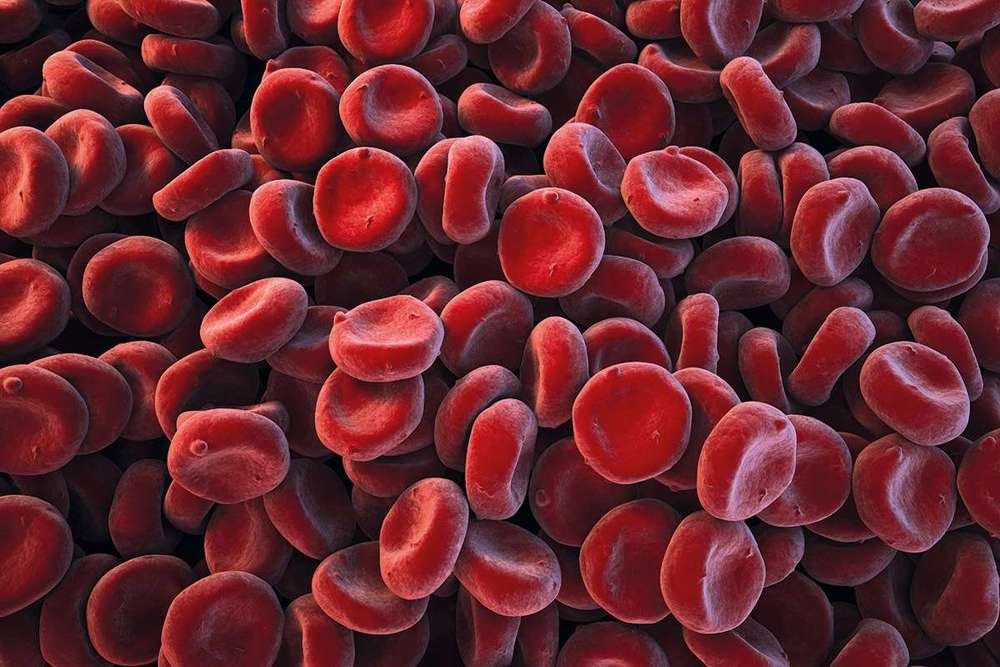
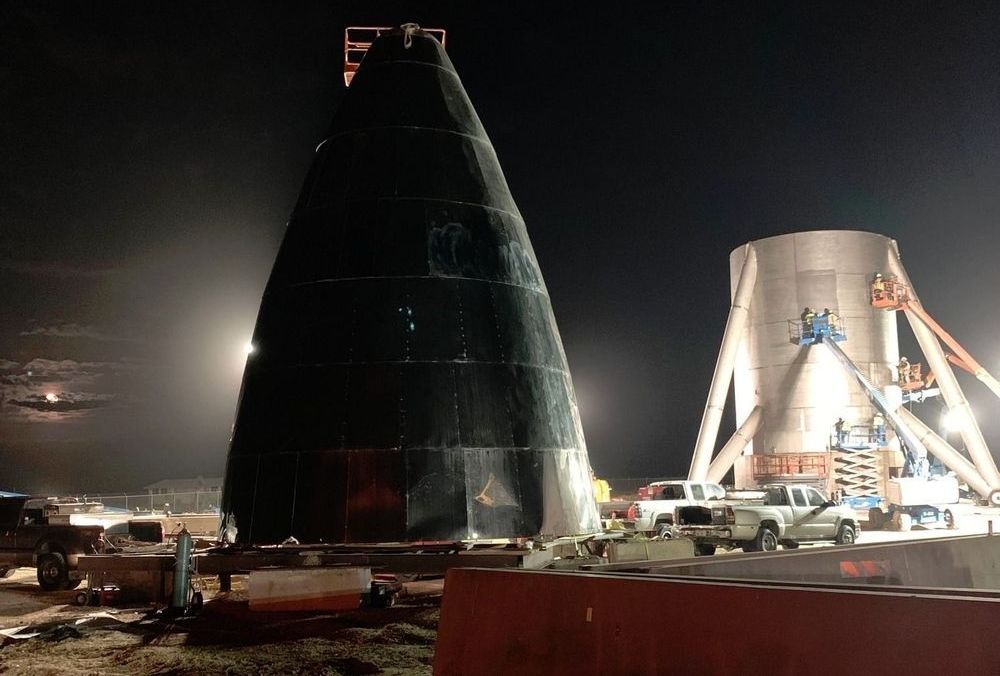
Elon Musk shows off stainless steel ‘Starship’
It was just last month that Elon Musk took to Twitter to unceremoniously announce that he was changing the name of the crew module and rocket booster of SpaceX’s BFR rocket program to “Starship” and “Super Heavy,” respectively. Now, in another spontaneous update from Musk via Twitter, we’re getting our first good look at the Starship section in all its stainless steel glory.
In the early morning hours, Musk tweeted out an image of the top section of the spacecraft with the simple caption “Stainless Steel Starship,” before following up with a few additional details about the progress of the program.

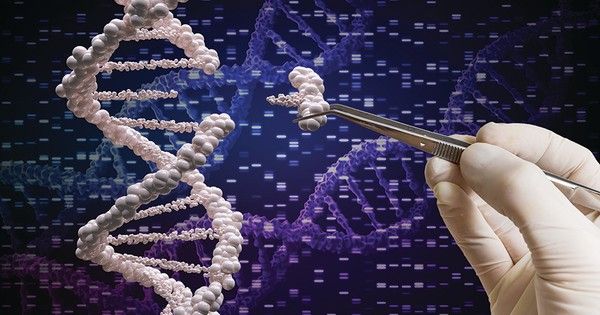
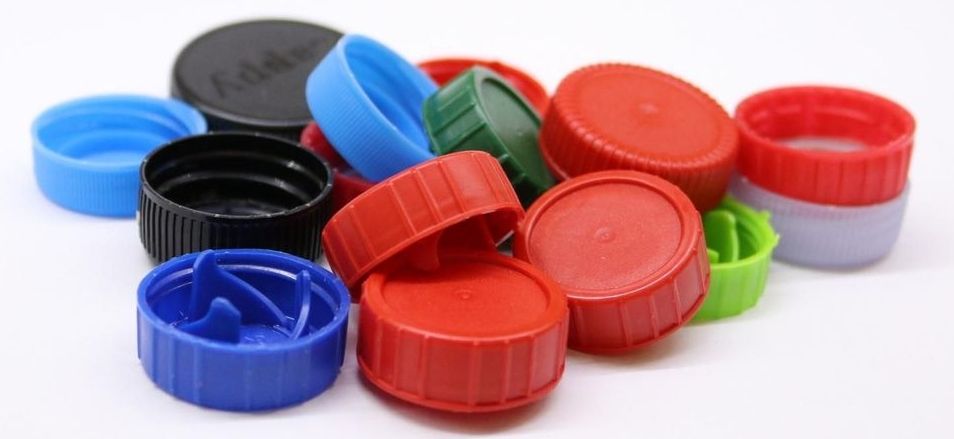
Sustainable ‘plastics’ are on the horizon
A new Tel Aviv University study describes a process to make bioplastic polymers that don’t require land or fresh water—resources that are scarce in much of the world. The polymer is derived from microorganisms that feed on seaweed. It is biodegradable, produces zero toxic waste and recycles into organic waste.
The invention was the fruit of a multidisciplinary collaboration between Dr. Alexander Golberg of TAU’s Porter School of Environmental and Earth Sciences and Prof. Michael Gozin of TAU’s School of Chemistry. Their research was recently published in the journal Bioresource Technology.
According to the United Nations, plastic accounts for up to 90 percent of all the pollutants in our oceans, yet there are few comparable, environmentally friendly alternatives to the material.
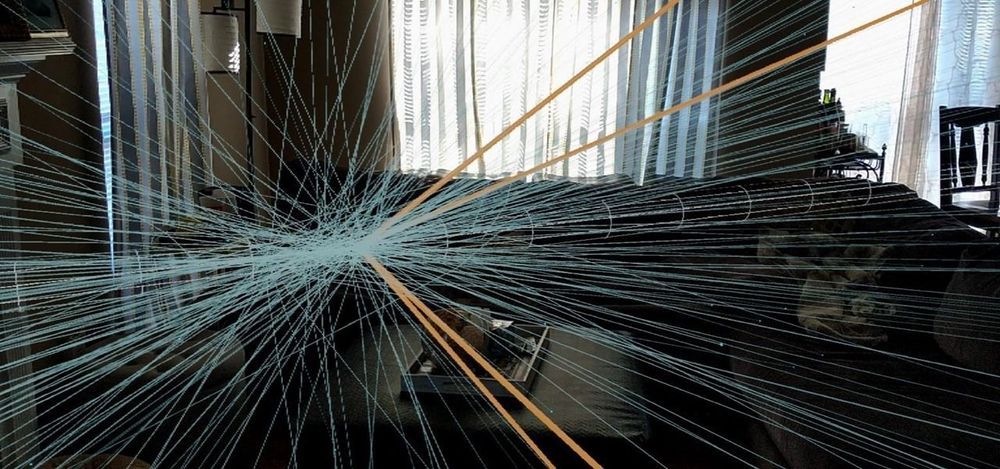
New York Times App Lets You See a Higgs Particle Reaction from the Large Hadron Collider in Augmented Reality
Although it’s impossible (at least for now) to travel back in time to see the Big Bang, The New York Times has provided its readers the closest simulation of the experience via its latest augmented reality feature.
On Friday, the Times published “It’s Intermission for the Large Hadron Collider,” an interactive story that gives readers a virtual tour of the Large Hadron Collider at the European Center for Nuclear Research (CERN) in Switzerland and explores its most famous discovery, the Higgs boson.
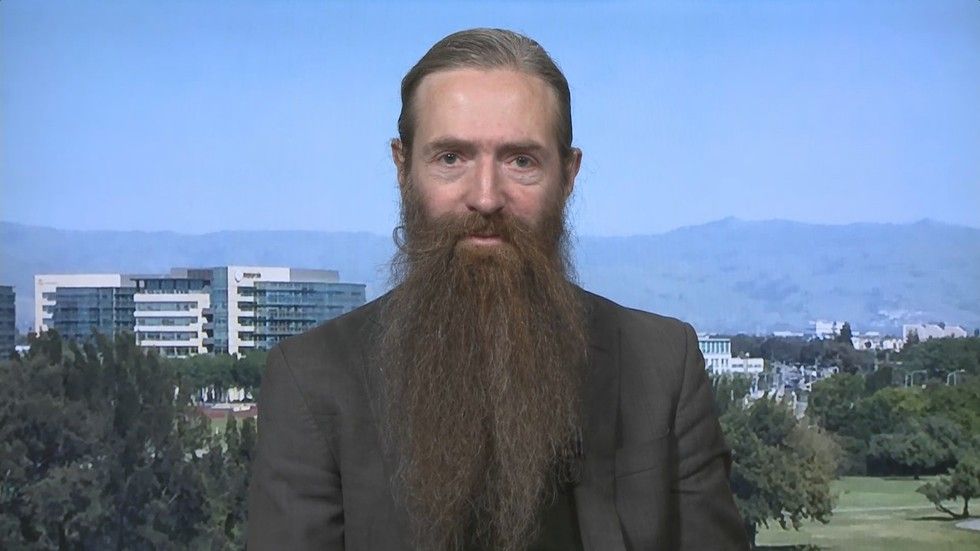
There will be no old people – anti-aging SophieCo
Merry Christmas
Is the Fountain of Youth still just a dream, or does hope spring eternal when it comes to beating the curse of aging? Having haunted us for centuries, is a solution finally within our grasp? We spoke to Dr Aubrey de Grey, anti-aging pioneer, chief science officer, and co-founder of SENS Research Foundation.
Follow @SophieCo_RT
Sophie Shevardnadze: Dr. Aubrey de Grey, anti-aging pioneer, chief science officer and co-founder of SENS Research Foundation, welcome to the show, great to have you with us. So what you propose in order to reverse aging is cleaning the organism of all the junk that accumulates there on the cellular level. Tell me the gist of it – why will that stop the wearing of time on my organs?
Aubrey de Grey: Well, it’s not quite that simple. What we propose is that we can keep people healthy late in life by repairing all of the damage that the body does to itself throughout life in the cause of its normal operation. And some of that damage is of the sort that you’ve just described, essentially, the accumulation of waste products both inside cells and also in the spaces between cells. But some of this is not quite like that. For example, sometimes simply we have too many of a particular bad type of cell that is misbehaving, or, in other cases, we don’t have enough cells of a particular good type. Cells die, and they are not necessarily replaced automatically by the division of other cells. Furthermore, there is damage to the structure, the kind of lattice of proteins that holds the body together, which is called the extra-cellular matrix. So, as you can see, there are many different types of damage, and we have to fix them all.